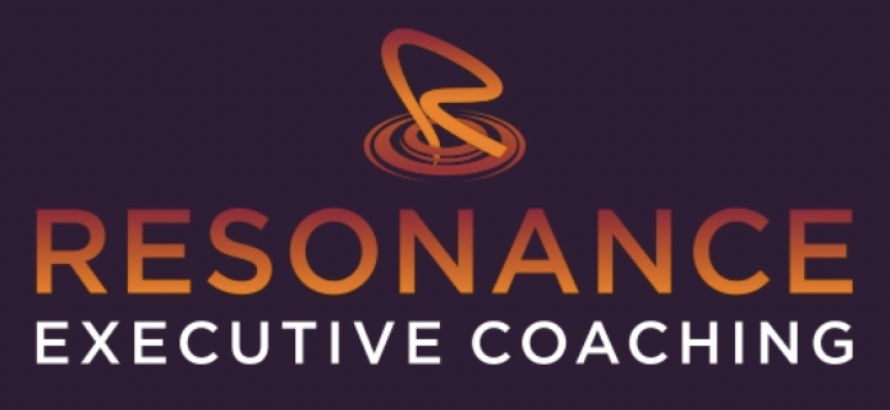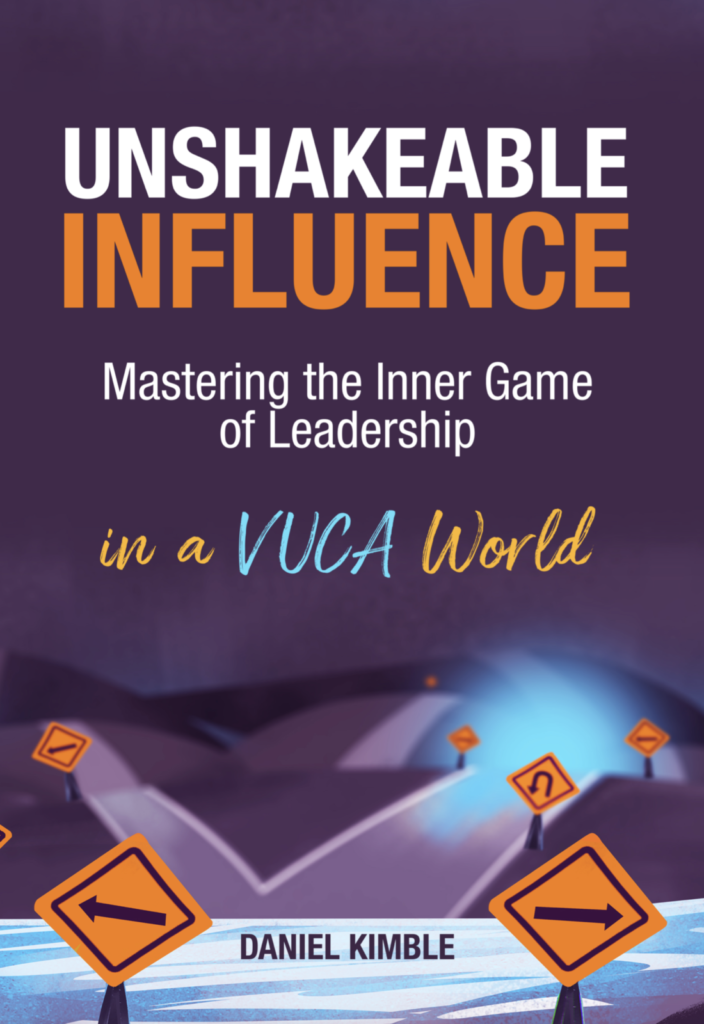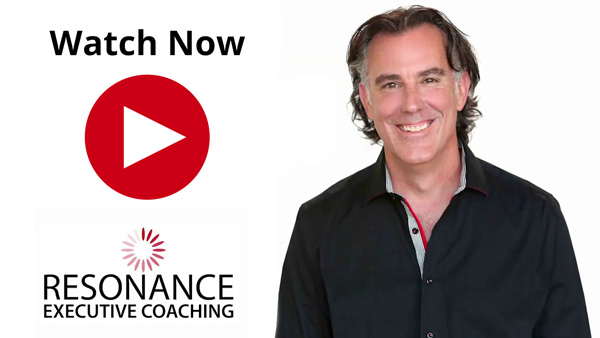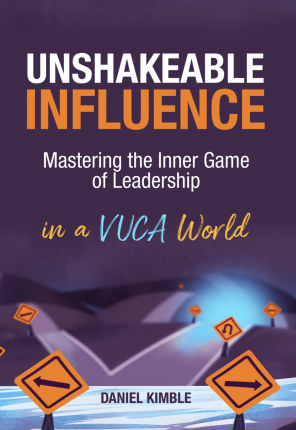Organizational Culture – What Is It?
The term organizational culture can seem nebulous and difficult to define. It’s actually pretty simple to define.
Organizational culture is simply the organization’s collectively accepted ways of thinking, feeling, and behaving.
Why Does Culture Matter?
“Culture eats strategy for breakfast” is not just a well known phrase. In our experience, it’s actually too soft of a statement! We believe that culture will eat everything in its path, so we’d better send it in the right direction.
As soon as there is more than one person in any organization, that organization’s culture is born and begins to take shape. From that point on – whether we are aware of it or not – the cultural norms of the organization are being created and cemented in place. The key question to ask from the beginning is, how deliberately and mindfully is the organization’s culture being created? The honest answer is typically “not very much”. That’s a big missed opportunity in the form of greater productivity, higher employee loyalty, better quality decision-making and greater agility in today’s constantly changing world – just to name a few positive outcomes of a culture that optimally serves the organization’s goals.
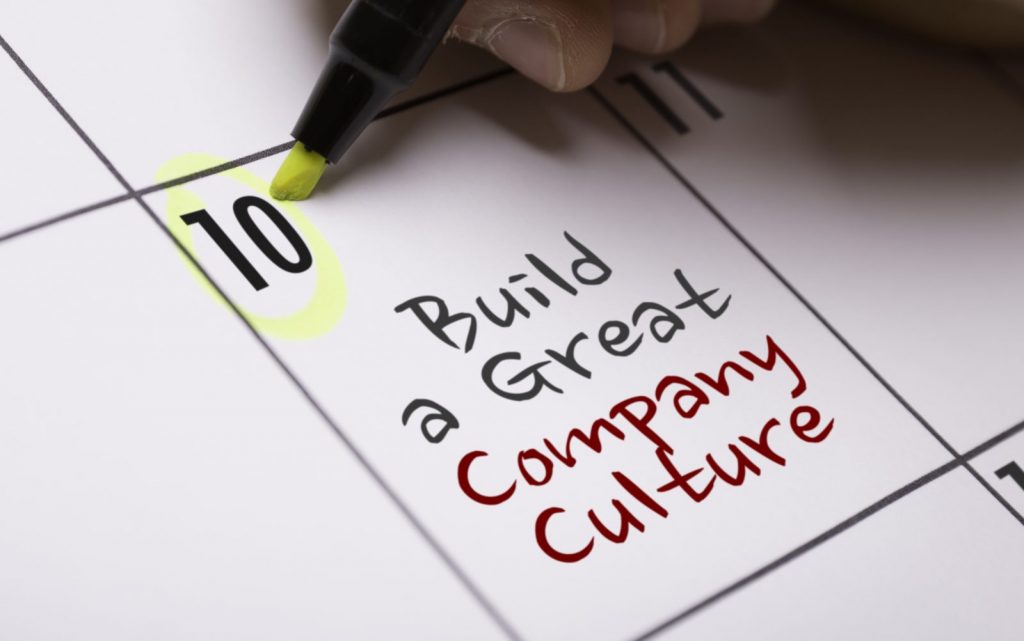
The best time to deliberately create and optimize your organization’s culture was from the very beginning. The next best time is now. The worst time is “later” because in today’s fast-paced and ever-changing world, “later” never gets done.
What Makes or Breaks An Organizational Culture?
The definition of organizational culture is simple, but culture is actually pretty complex. That is because there are so many factors that form and influence (for better or for worse) your organization’s culture, including:
- Organizational leadership’s demonstrated behaviors
- Are they walking the talk?
- What do people throughout the organization commonly do or not do?
- What people do matters a lot more than what is said
- Are people generally transparent and open, or do they play their cards close to the vest?
- What emotions are accepted as OK to show in the workplace and which are not accepted?
- Is the primary form of motivating people more about the carrot or about the stick? (i.e. – incentives vs. punishment)
- What is the gender balance of the organization?
- Has the company been highly successful in the marketplace?
- What is the socio-economic background of the organization’s people?
- Is the organization driven more by a research/engineering mindset or more of a sales/marketing mindset?
- What do clients expect from the organization? High quality of service? Innovation? Low cost?
- What kinds of products or services does the organization provide?

And that’s really just the tip of the cultural iceberg.
We know from experience that every piece of work we do with clients has a direct impact on the culture of their organization. That’s true whether it’s doing 1:1 coaching with the organization’s CEO, leading a multi-day leadership retreat with the C-Suite team, facilitating a storytelling workshop for a product management team, or working with a client organization from top to bottom on optimizing their culture.
Everything we do has an impact, and everything we do is a piece of the cultural puzzle. So, while we’re happy to work with clients only in pockets of their organization, we’re always thinking deliberately about the holistic culture of the environment we’re working within and we tailor our work to help optimize that culture.
Key questions to consider about your organizational culture:
- Has the organization created an optimal culture for it’s business strategy?
- What are the gaps between where the culture is today and where it needs to be in order to best support the business’ goals?
- How do we assess those cultural gaps accurately?
- How do we bridge those gaps once we know what they are?
- What’s the ROI of bridging those gaps?
Again, every organization has a culture. If it’s not created and evolved diligently, it will default to being created haphazardly. And then that haphazard culture will likely eat everything in its wake, greatly limiting even the very best products and strategies.
While every organizational culture has its own unique flavor and flair, we’ve found that there are distinct stages of evolution that every organizational culture goes through. When we are brought in to work on an organization’s culture, we begin by shining light – through our tools – on where the organization is at in their cultural evolution and how their current culture is limiting their organization’s top and bottom lines. That understanding helps our clients codify their current culture in business terms, and clearly see the pay-off of optimizing their organizational culture.
Our Approach to Culture Change
Based on our CEO’s Amazon 5-Star rated book Unshakeable Influence: Mastering the Inner Game of Leadership in a VUCA World, we help our clients to transform their culture by taking a more holistic approach to culture change.
Too many culture change programs only look at distinct pieces of the puzzle rather than solving the problem holistically. When we are hired to help improve organizational culture, we look at the problem from top to bottom and bottom to top, and from the collective organization to the individuals within the organization. In this way, we can help our clients optimize their culture more quickly, sustainably, and effectively.
Who We Work With

Our clients are committed to maximizing their performance, and they recognize that even the sharpest knife cannot carve its own handle. As our new clients get to know us, they come to understand the tremendous business value of bringing our holistic organizational culture expertise into their organization. They also learn that we can lead a horse to water but we cannot make them drink. They know that at the end of the day, their organization has to take responsibility for their own greatness. We can only guide them there.
How We Work With You

Our process is designed to meet our clients where they’re at and work with them toward a mutually inspiring and high impact solution. Every client need is unique and thus our process flow of working with clients varies depending on the needs of the client and the depth of our prior relationship with the client.
With that said, all of our client engagements follow this high level flow.
It all starts with a conversation.
Step 1
Initial Conversation
Discuss your high level needs, identify likely root causes, and discuss potential solutions.
Step 2
In-Depth Discovery Conversation
Take a deeper dive into your needs and discuss our custom solution to address the true root causes. Agree on a specific direction for the solution and discuss "ballpark" pricing and timing of engagement.
Step 3
Finalize Scope of Work
Agree on exact scope of work and define program phases (if any). Finalize all agreements and investment level required.
Step 4
Implementation
Co-execute all deliverables with client.
Step 5
Integration
Ensure integration of the learning by co-executing customized action steps to hold learners accountable and maximize sustainability of the learning.
Step 6
After Action Review and Debrief
Meet with senior stakeholders to share insights and observations. Discuss success metrics and best practices for the sponsoring executive to maximize the ROI of this engagement.
Culture Change Programs
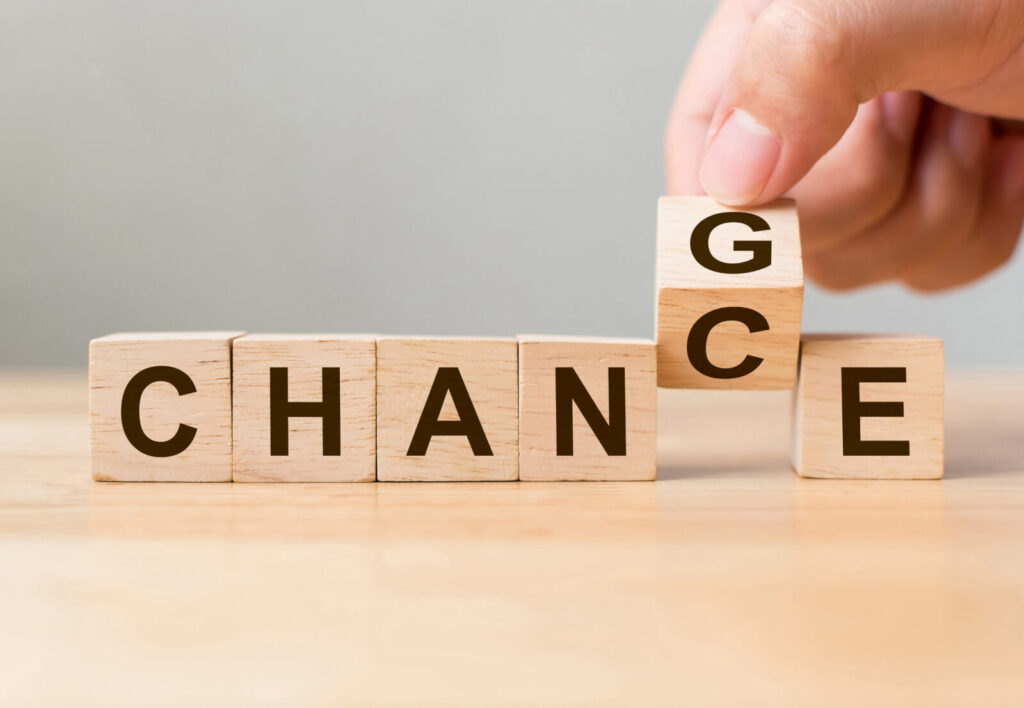
If left to chance, the organization’s culture will not be optimized for the organization’s goals. For those leaders who are ready to stop allowing chance to play too much of a role in meeting their organizations goals and commitments, we provide a broad array of culture change programs ranging from a straightforward assessment of the organizational culture, to a holistic end-to-end culture change initiative – and everything in between.
Each of our programs is designed to meet the exact culture change needs of the organization at this point in time. Moreover, all of our culture change programs are co-created with our clients through our discovery, audit, and design process that may include:
- Key stakeholder meetings
- 1:1 interviews
- Anonymous qualitative surveys
- Our quantitative tools
Through our discovery, audit, and design process, we identify the true root causes of gaps in organizational culture and then design programs to rapidly address the highest value gaps in a customized and targeted way for the organization.
Our culture change initiatives can include:
- Assessing how optimally your culture is functioning
- Change management consulting
- 1:1 coaching for any and all levels of the organization
- Team coaching for any and all levels of the organization
- Standalone workshops to deep dive into a key culture topic
- Holistic cohort-based training programs that may span 3-12 months and deep dive into multiple key culture gaps
- All programs can be delivered virtually, face-to-face, or hybrid.

We have decades of expertise in designing and delivering a holistic approach to your organizational culture change needs, including:
- Optimizing leadership culture
- Creating a coaching culture that helps bring out the best in everyone
- Creating an optimal multi-generational culture for today’s ground-breaking five generations in the workforce, without sacrificing one for another
- Creating a culture that millennials love
- Optimizing your organizational culture to maximize the outcomes of your strategic plans
- Creating a culture of innovation that best positions the organization for long-term success
- Restructuring your organization in a way that drives the best business results and treats everyone involved with respect
- Cultural due diligence in advance of a merger/acquisition
- Integrating cultures after a merger/acquisition
- Rolling out an Agile culture across the entire organization
Culture Change Case Study
Challenges
- CEO wants to improve button-down, silo’d culture to be more open, transparent, trust-based and relationship focused to modernize the culture of a legacy organization
- The culture needs to adapt to the times in order to attract and retain the best talent and stay relevant in a competitive services industry
- Aging baby boomer C-Suite team will be aging out soon, with insufficient leadership pipeline
Solutions
- 360 assessments and executive coaching starting with the C-Suite team and trickling down throughout the organization to include all leaders, in a multi-year phased approach
- Aggregate 360 results analyzed in order to design and deliver group programs to address common challenges for leaders at the various levels
Results
- 18% improvement in overall attrition, and 23% improvement in mid-level attrition
- Improved leadership pipeline, with clear successors for all key executive roles
- Improved candor, transparency, conflict resolution, and collaboration, resulting in 27% improvement in overall productivity of the organization
